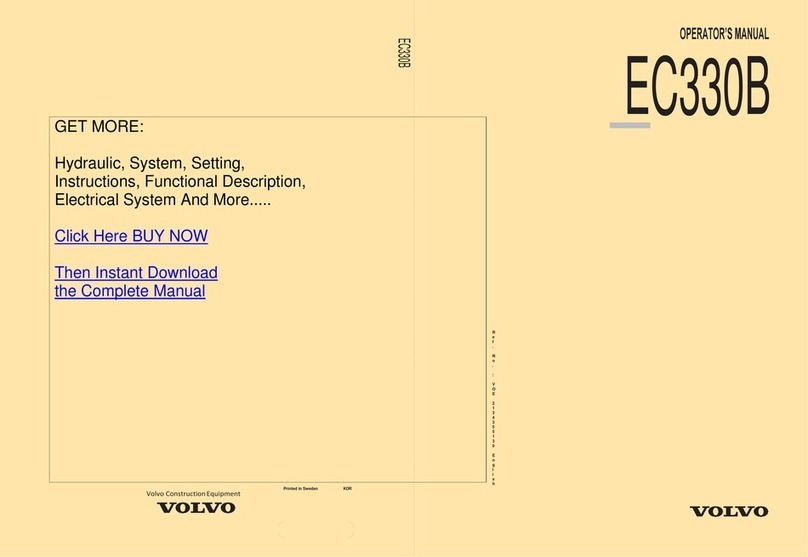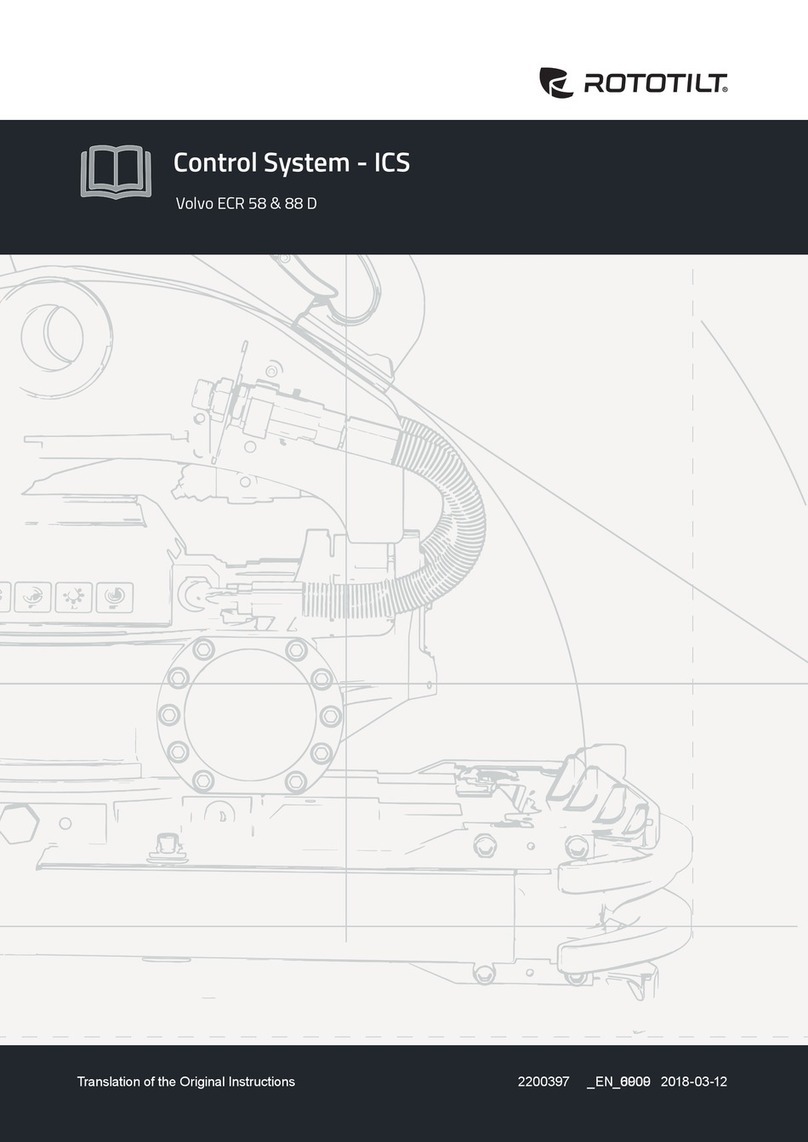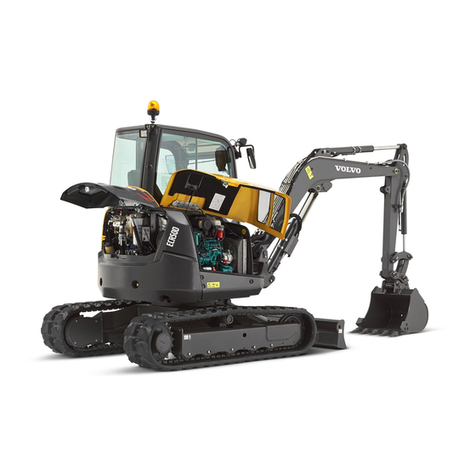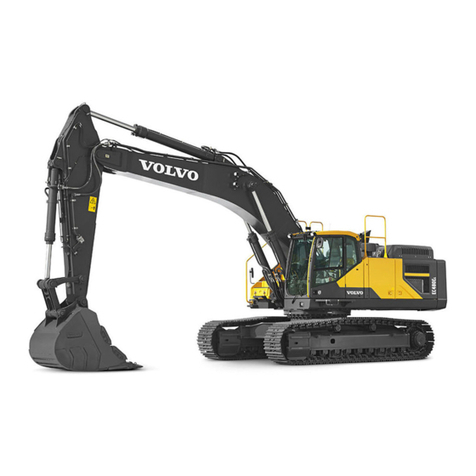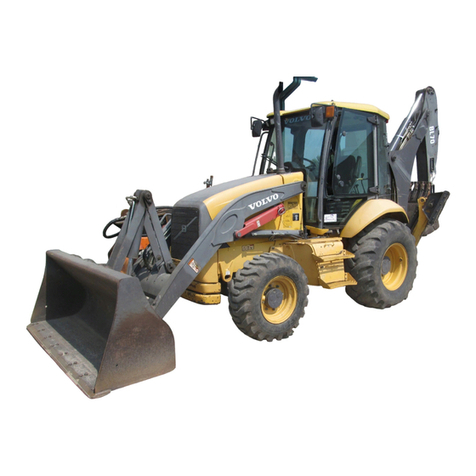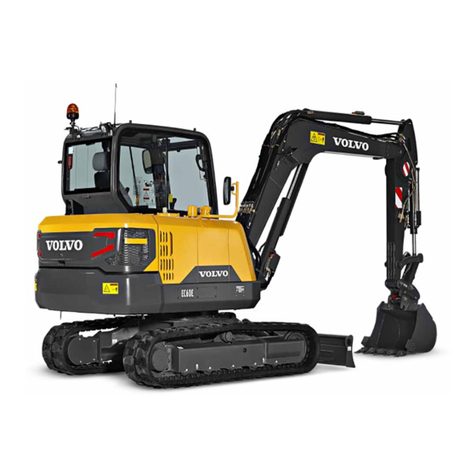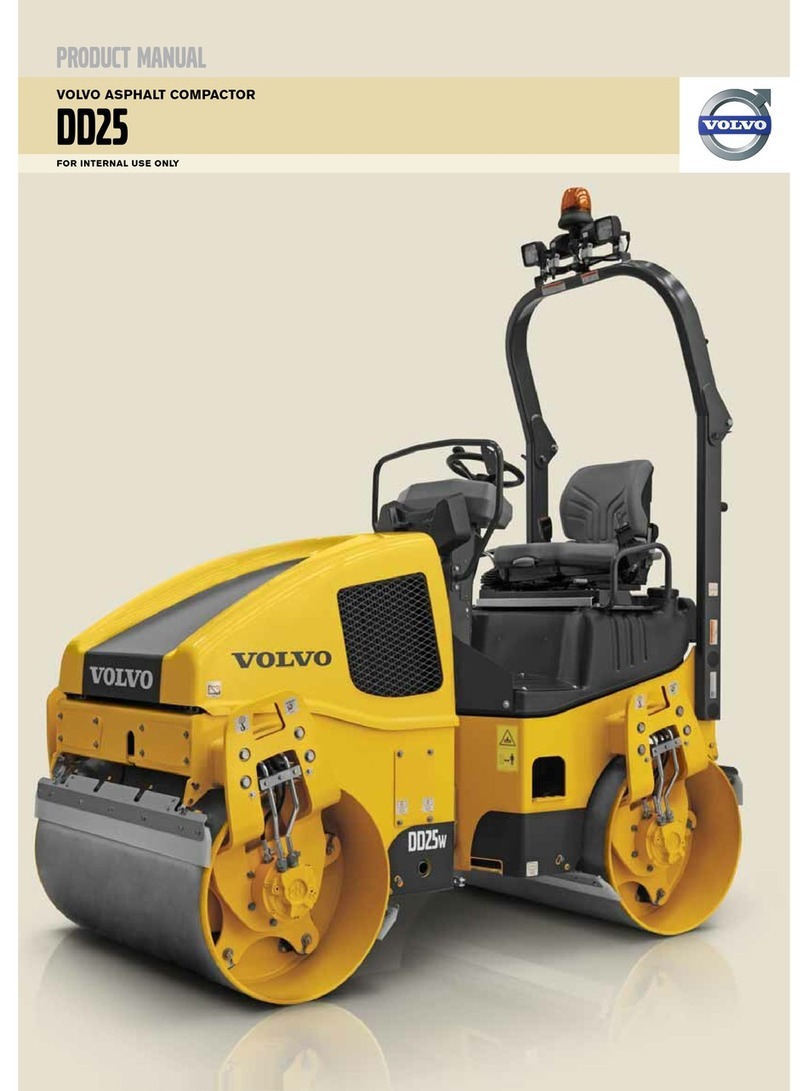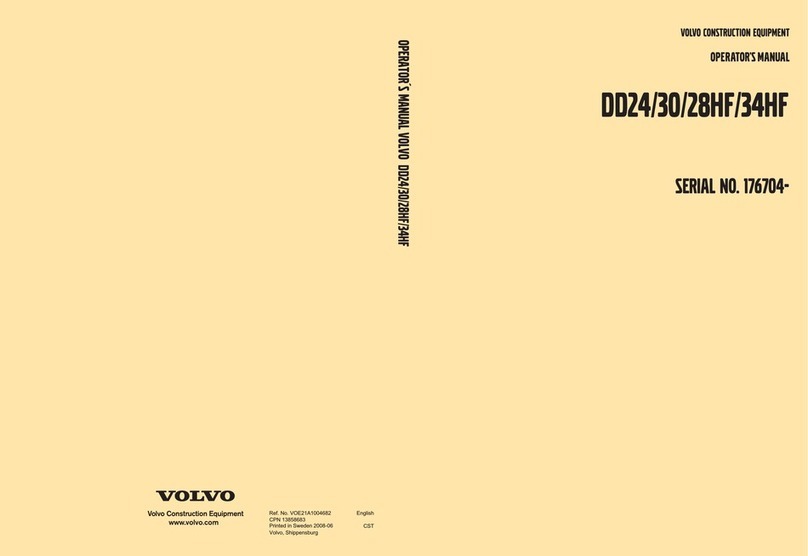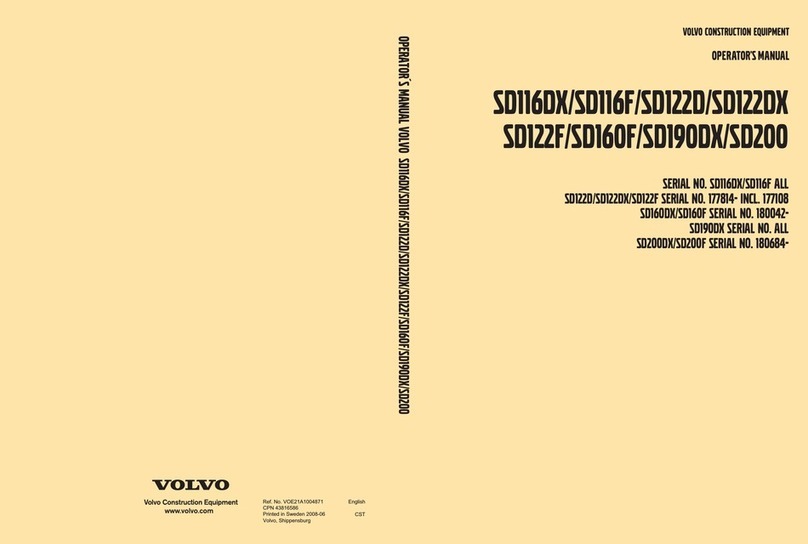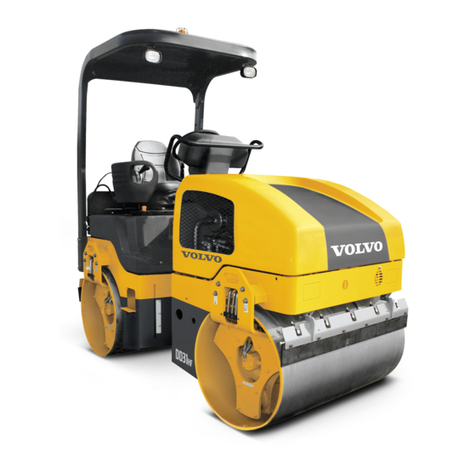
Contents
6
Grading around an object .............................................. 127
Grading on an ‘S’ curve shoulder .................................. 128
Right-hand leveling........................................................ 130
Left-hand leveling .......................................................... 131
Road construction.......................................................... 132
Scarifier and ripper operation ........................................ 143
Safety when servicing ...................................... 145
Introduction.................................................................... 145
Service position ............................................................. 146
General ......................................................................... 148
Fire prevention measures.............................................. 152
Hydraulic system ........................................................... 156
Electrical system............................................................ 159
Tires............................................................................... 160
Air conditioning unit ....................................................... 161
Fuel handling ................................................................. 162
Service and maintenance ................................. 163
Fuel system ................................................................... 165
Turbocharger ................................................................. 169
Engine air cleaner.......................................................... 170
Radiators and coolers.................................................... 172
Engine cooling system................................................... 174
Drive belt tension........................................................... 178
Electrical system............................................................ 179
Transmission ................................................................. 185
Engine clutch ................................................................. 187
Final drives .................................................................... 188
Tandems........................................................................ 190
Brake system................................................................. 191
Hydraulic system ........................................................... 193
All Wheel Drive .............................................................. 195
Tires............................................................................... 196
Climate control system .................................................. 197
Miscellaneous................................................................ 200
Maintenance schedule................................................... 201
Grease points ................................................................ 202
Symbol key, lubrication and service chart ..................... 203
Lubrication and service chart......................................... 204
Specifications.................................................... 217
Recommended lubricants.............................................. 217
Capacities...................................................................... 219
Intervals between changes............................................ 219
Engine ........................................................................... 221
Fuel system ................................................................... 223
Cooling system .............................................................. 224
Electrical system............................................................ 225
Power transmission ....................................................... 227
Brake system................................................................. 229
Hydraulic/Steering system............................................. 230
Critical mounting torques............................................... 231
Dimensional drawing ..................................................... 233
Noise and vibration levels.............................................. 234
Alphabetical index ......................................................... 235
